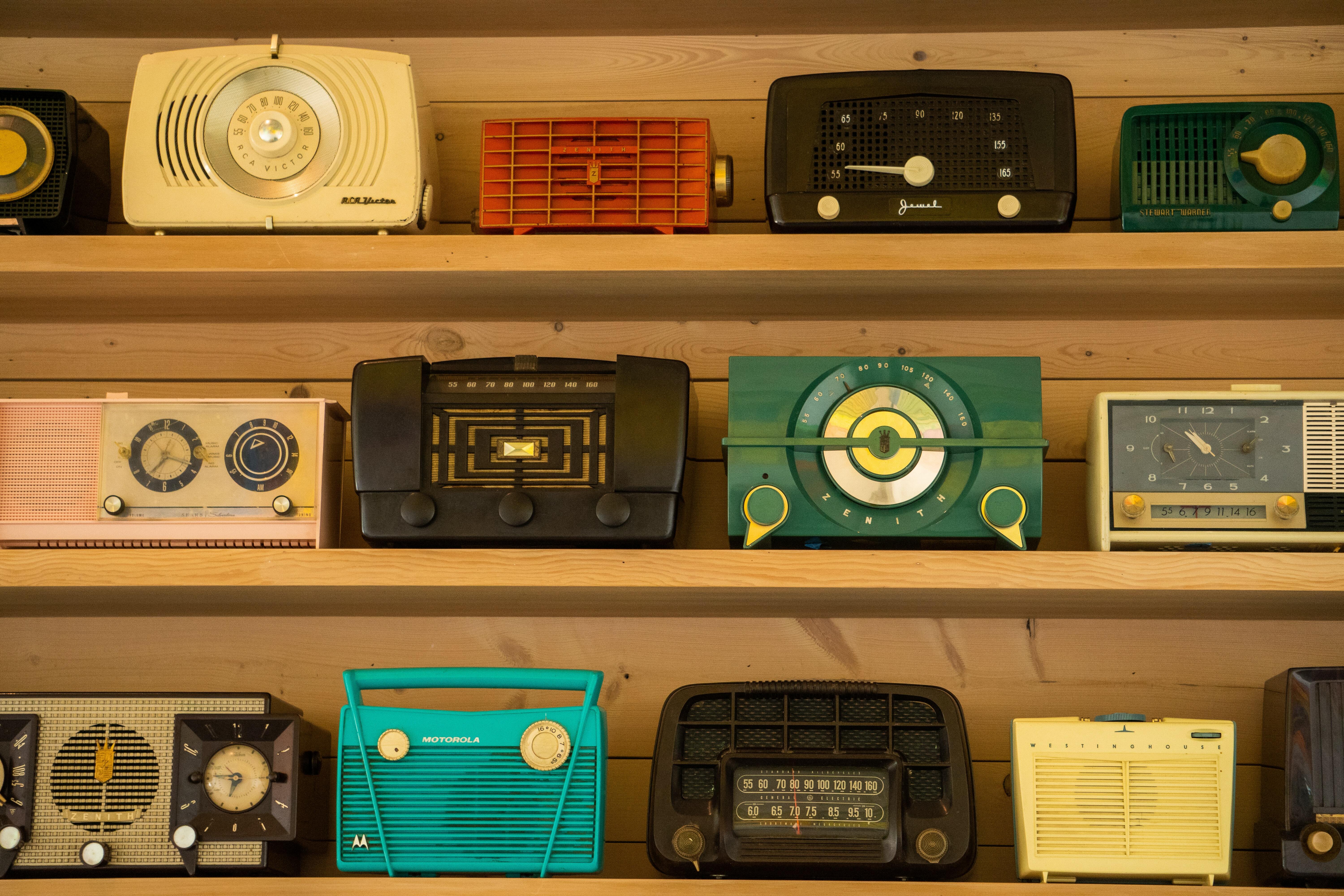
What is real radio? At one point in time, radio was something that you listened to with a receiver that could pick up AM, FM and even shortwave signals. Much the same way that TV was something you watched from a set that could pick up VHF and UHF signals with a set of rabbit ears or outdoor antenna.
The definition of both TV and radio has changed dramatically in the past few decades, and how we consume them has changed as well. When pay TV was first introduced many years ago, it gave viewers the option to view programs that differed from the standard fare that the conventional networks were offering. Around the same time, VCRs (then quite a bit later, DVRs, PVRs and Tivo) gave the television audience the option to view programs when they wanted to. The days when you had no choice but to watch a show when it was on were becoming a thing of the past. TV watchers took control of their viewing habits and they loved it. And television was never the same after that. Then, more recently, Netflix and a whole bunch of other streaming services came along and gave viewers the option of “binge watching” programs from their vast libraries.
Radio has also evolved a fair bit, too. Satellite radio, internet radio and podcasts, as well as music streaming services, have given the radio audience a multitude of choices that didn’t exist even a few decades ago. Radio isn’t just something you listen to from a box that sits on top of your fridge in the kitchen anymore.
Podcasts and internet radio have gained a popularity and respectability they may not have had about a decade or so ago. It wasn’t too long ago that any Joe Schmoe with a USB microphone and a laptop could ramble on about practically anything and call it a podcast. Granted, that’s still the case, but nowadays there’s a lot more high profile (and high quality) podcasts that have garnered huge audiences. Even conventional (or “terrestrial” radio, as it’s called) has taken note, and many stations offer podcasts on their websites. Oftentimes they include excerpts from a previously aired program or sometimes extra content that was not available over the air.
Of course, there are some stalwarts that believe that unless you’re broadcasting with an actual transmitter, you’re not a “real” broadcaster. That mentality is becoming a thing of the past as well, as internet radio and podcasts well outnumber terrestrial stations, and offer listeners a multitude of choices that weren’t available a few decades ago. Even terrestrial radio has gotten into the game, and a lot of conventional stations mention their website address on the air, so listeners can stay in touch with them if they’re out of signal range or in a poor reception area. There are quite a number of radio directories online where you can access both terrestrial and internet stations, making the line even more blurred between conventional and online broadcasters. This means even more choice for listeners, and with increased competition on both sides, broadcasters— both conventional and online—should strive to put out the best quality programming to set themselves apart from the crowd.
Happy listening!
PJ
